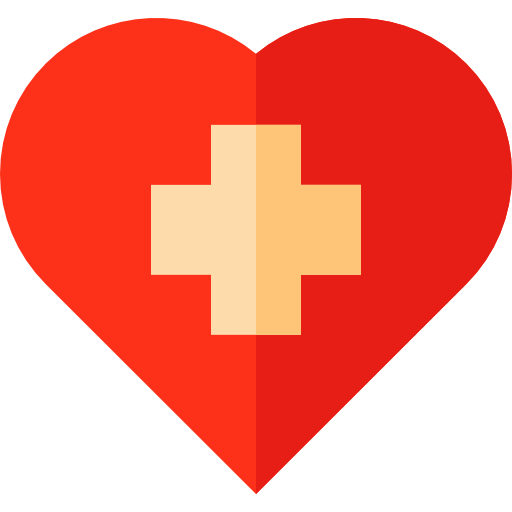An Integrated National Human and Animal Rabies Vaccination Management System (INHARVMS) is a digital tool designed to enhance decision-making for rabies prevention and control efforts by 2030. By combining data from both human and animal vaccination programs, this system can provide a comprehensive overview of rabies epidemiology, identify gaps in coverage, and optimize resource allocation.
 Centralized database
Centralized database
 Interoperability
Interoperability
 Data standardization
Data standardization
 Spatiotemporal analysis
Spatiotemporal analysis
 Predictive modeling
Predictive modeling
 Early warning systems
Early warning systems
.png) Vaccine inventory and tracking
Vaccine inventory and tracking
 Target population identification
Target population identification
 Vaccination scheduling and reminders
Vaccination scheduling and reminders
 Cost-benefit analysis
Cost-benefit analysis
 Optimization algorithms
Optimization algorithms
 Scenario planning
Scenario planning

.png)
Provide data-driven insights to support evidence-based decision-making.

Improve vaccination coverage, detect outbreaks early, and implement effective control measures.

Foster collaboration between human and animal health sectors to address rabies as a shared health threat.

Streamline administrative tasks, optimize resource allocation, and reduce the overall cost of rabies prevention.

Reduce the burden of rabies on human and animal populations.
By implementing a INHARVMS for 2030, Ethiopia can significantly improve their ability to prevent and control rabies, protecting public health and reducing the suffering caused by this deadly disease.